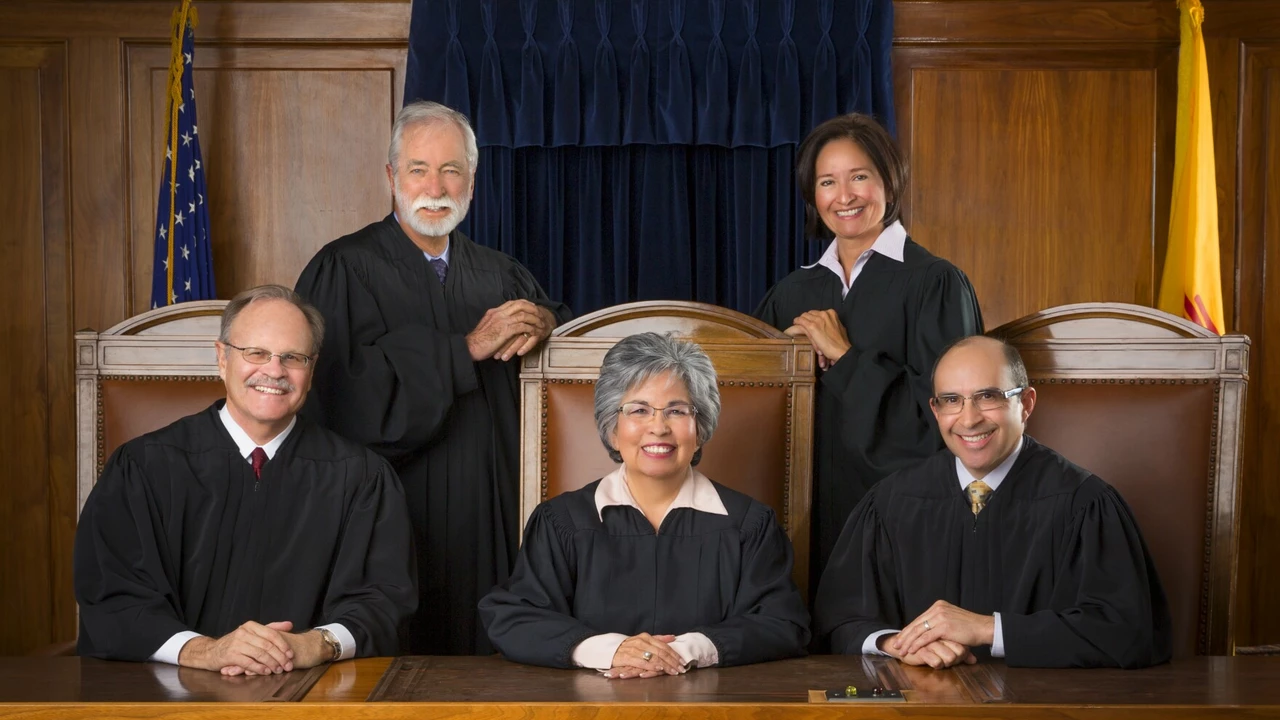Are you wondering how you can have your voice heard by the Supreme Court of India? As a concerned citizen, I was motivated to find a way to send my suggestions, so in this post, I will share the exact process and steps you need to follow. From understanding protocol to fine tuning your communication, this guide will lead you every step of the way. Uncover how you can make your voice count and potentially influence the highest court in the country. Let's embark on this journey together!
Supreme Court of India – What You Need to Know
Ever wondered why the Supreme Court of India shows up in every big news story about the law? It’s simple – this court is the final authority on constitutional matters, criminal appeals, and civil disputes that affect the whole country. If you’re a student, a professional, or just a curious citizen, knowing how it works can save you confusion later on.
Why the Supreme Court matters
The Supreme Court sits at the top of India’s court hierarchy. Below it are High Courts in each state and district courts at the local level. When the Supreme Court decides something, that decision binds every lower court and all government bodies. That’s why its judgments often shape policies on everything from privacy to environmental protection.
Another reason the court is powerful is its role as the guardian of the Constitution. If a law conflicts with constitutional rights, the Supreme Court can strike it down. This power keeps the balance between the government and the people.
How a case reaches the Supreme Court
Not every case can go straight to the Supreme Court. Generally, a case follows three paths:
- Appeal: A decision from a High Court is challenged, and the Supreme Court hears the appeal if it involves a substantial question of law.
- Original jurisdiction: Certain matters, like disputes between states or between the Union and a state, can be filed directly in the Supreme Court.
- Suo motu: The court can take up an issue on its own, usually when a public interest matter is at stake.
To get the court’s attention, a petition must raise a “substantial question of law” that affects the nation. Simply put, the issue has to be big enough to matter beyond the parties involved.
Procedurally, the process starts with filing a petition, paying the required fee, and then waiting for the court’s notice. If the court grants a “certiorari,” it will schedule hearings where lawyers present oral arguments. The judges then write a judgment, often after weeks of discussion.
Because the court’s workload is huge, many cases are resolved through “bench‑shortening” – a faster, streamlined process for less complex matters.
Recent notable judgments illustrate the court’s impact. In the Justice K.S. Puttaswamy case, the court recognized privacy as a fundamental right, reshaping data‑protection laws. In another high‑profile ruling, the court upheld the validity of the farm laws, showing how economic policies can be challenged at the highest level.
If you ever need to look up a Supreme Court decision, the official website provides searchable PDFs and summaries. Knowing where to find the information can help you prepare for exams, research projects, or even personal legal issues.
In everyday life, the Supreme Court’s influence is subtle but constant – from the rights you enjoy online to the laws that govern business. Keeping an eye on its major judgments helps you stay informed about the legal landscape that affects everyone.
So, next time you see a headline about the Supreme Court of India, you’ll know exactly why it matters, how a case gets there, and where to find the details you need.
